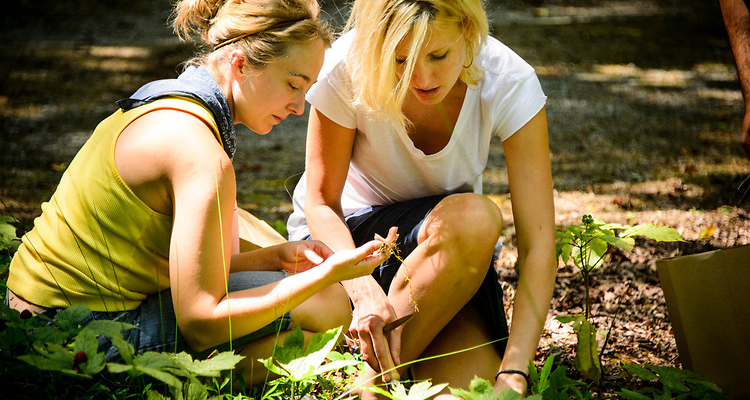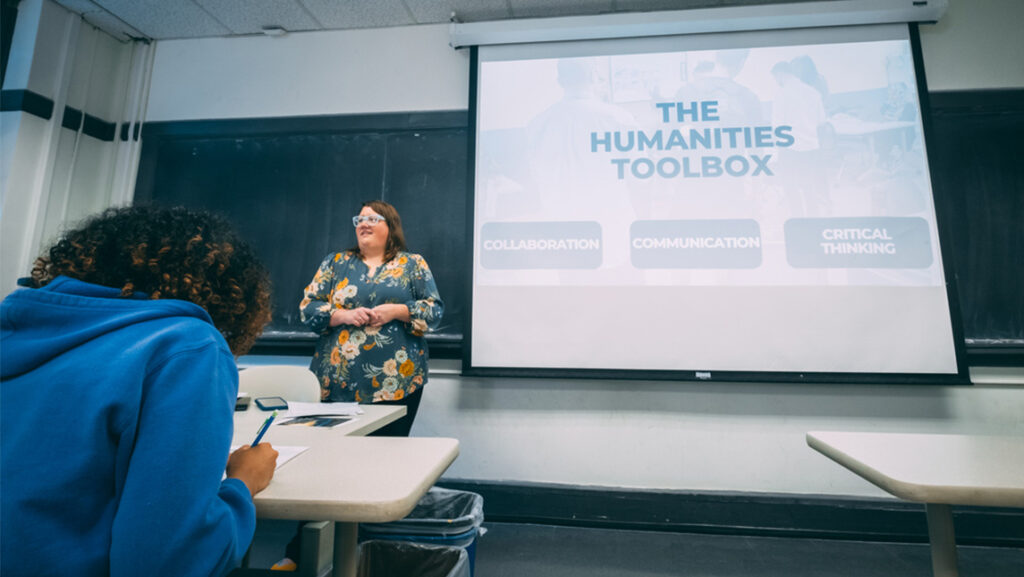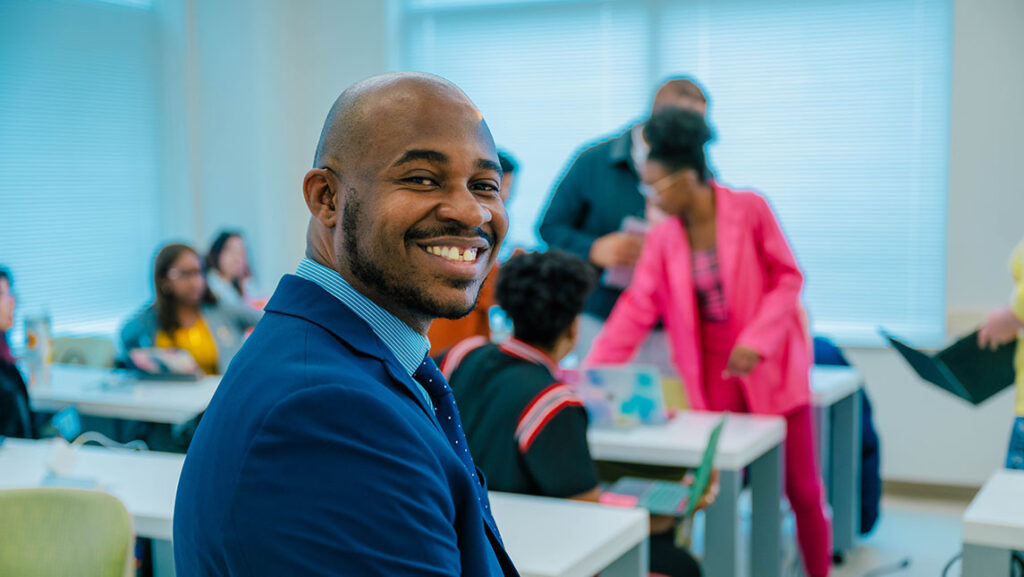Dr. Nadja Cech received her first National Institutes of Health R01 in December 2012. Thanks to the prestigious $1.25 million grant, she is pursuing an uncommon approach to one of the most pressing medical issues of our time. Cech’s passion for research and engagement translates into an ever-widening circle of impact that encompasses colleagues, students, our school, and our community.
Associate Professor Nadja Cech’s research focuses on the potential of natural products to treat drug resistant infections. Her NIH study looks specifically at Hydrastis canadensis (goldenseal) and Methicillin-resistant Staphylococcus aureaus (MRSA), a well-known drug-resistant bacteria.
According to the CDC, MRSA caused over 11,000 deaths in 2011 alone. The annual nationwide cost to treat the infection has been estimated at between $3.2 billion to $4.2 billion. Cech hopes that goldenseal, an herb traditionally used to treat infections and inflammation, can produce an alternative strategy to combating MRSA. But she is not seeking a single compound within goldenseal as her magic bullet – she thinks the magic might be in the mix.
“There is a very big difference between using traditional medicines that are complex mixtures of many, many molecules together, than there is with the pharmaceutical approach of using a single isolated compound to treat a particular condition,” Cech explains.
An antibiotic uses a single mechanism to kill bacteria. Such treatments are initially effective, but bacteria will inevitably develop resistance to them.
Traditional botanical medicines are mixtures of multiple compounds that can fight infections in multiple ways. One molecule may improve the efficacy of another. Different molecules may interrupt diverse bacterial functions. Some compounds may even fight infections without directly harming the invading bacteria. Such ‘anti-virulence’ compounds reduce the impact of the infection on host health, giving the host’s own immune system time to clear an infection.
As Cech works to identify the compounds responsible for goldenseal’s antimicrobial activity and their mechanisms of action, her project becomes more than a case study on the advantages of botanical medicines. The analytical chemist is also discovering the most effective methods for determining how molecular compounds interact within complex mixtures, which will be important for future research.
Dr. Cech’s fascination with botanical medicines and their uses has roots in her childhood on her parents’ organic herb farm. The precocious student developed an interest in chemistry at Southern Oregon University, where she completed her bachelors degree at the age of 19. During her undergraduate years, Cech investigated the blood markers of bald eagles to solve wildlife crimes – a project she undertook with a favorite chemistry professor and the National Fish and Wildlife Forensics Laboratory. Her research introduced her to advanced techniques such as electrospray ionization mass spectrometry – a rare experience for an undergraduate student – and ultimately led her to a PhD in analytical chemistry at the University of New Mexico. Cech was finally able to combine her interest in plants and analytical chemistry when she came to UNCG in 2001 and received her first internally funded research grant on goldenseal.
Cech knows first-hand the value of involving undergraduates in scientific research, so she works hard to offer those experiences to students at UNCG. “One of the most important things we do is engaging undergraduate students,” she says. “Because for undergrads, they don’t necessarily know whether they are going into research or even science as a career yet. And so we get them physically into the lab, doing these experiments early on.” These students form the backbone of her research process.
The grant also involves a network of collaborators such as Dr. Nicholas Oberlies, a co-investigator who studies the fungi that grow alongside goldenseal, and Bill Burch, a farmer who cultivates Cech’s research subjects in western North Carolina. “[The funding] impacts many people,” says Cech, referring to the complex network of students, faculty, and community members involved in her project. “Really what is important is that this is a whole organism that is sustained by this grant money.”



